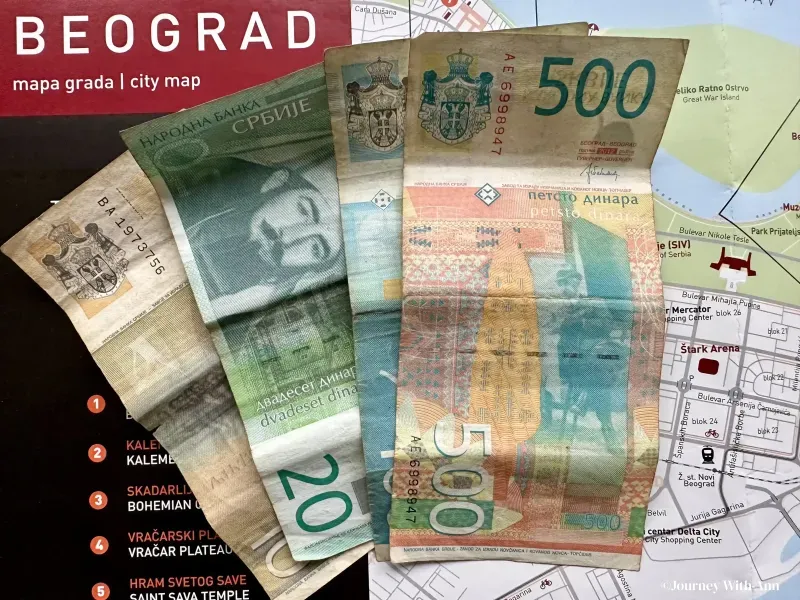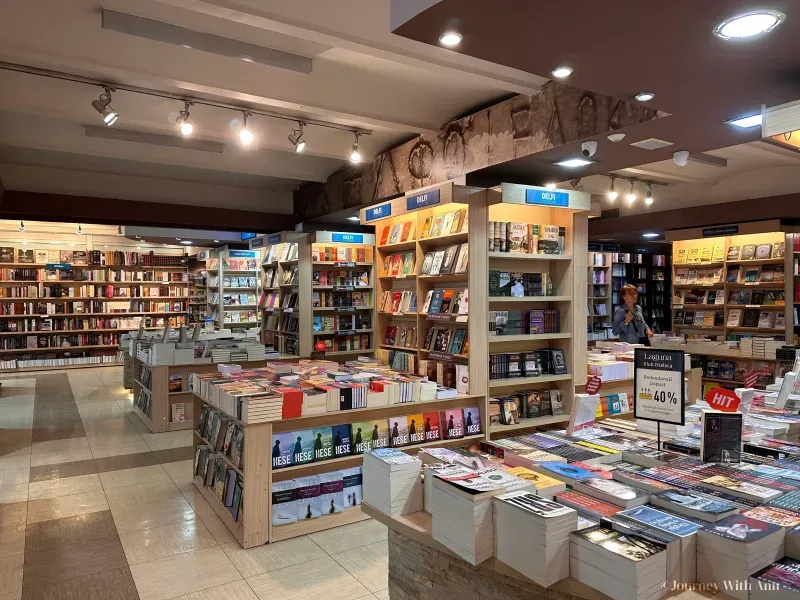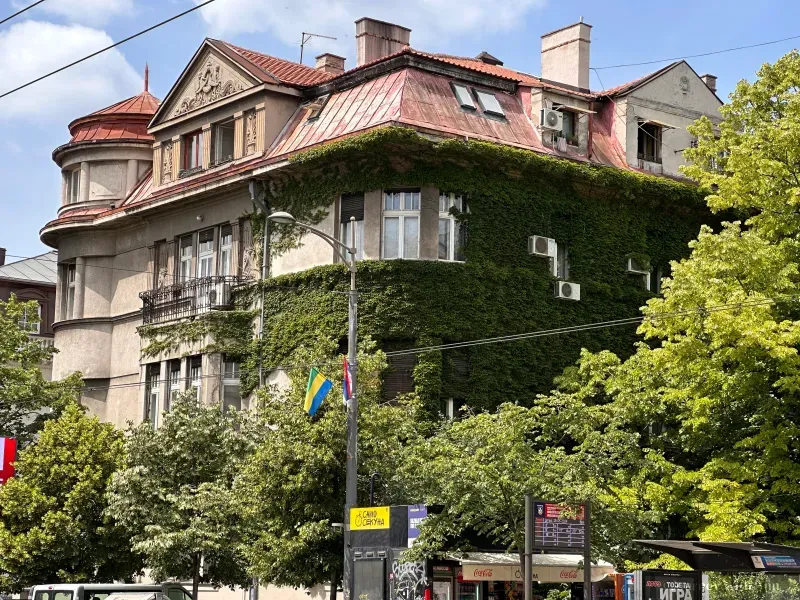History of the Serbian Dinar
The Serbian Dinar has a rich history that dates back to medieval times. The modern dinar was reintroduced in 2003 following the period of hyperinflation in the 1990s during the breakup of Yugoslavia. The currency has since stabilized and plays a central role in the Serbian economy.
Denominations and Features
The Serbian Dinar is available in both coins and banknotes. Coins come in denominations of 1, 2, 5, 10, and 20 dinars. Banknotes are issued in 10, 20, 50, 100, 200, 500, 1000, 2000, and 5000 dinars. Each note has distinct features and designs that reflect Serbian culture, history, and notable figures.
Currency Exchange and Usage Tips
For travelers visiting Belgrade, it is advisable to exchange some currency into dinars upon arrival. Currency can be exchanged at airports, banks, and licensed exchange offices. It is important to check for updated exchange rates and avoid unofficial dealers. Additionally, while major credit cards are widely accepted in Belgrade, carrying some cash in dinars is useful for smaller purchases and in areas where digital transactions are not the norm.
Conclusion
The Serbian Dinar is not only a means of transaction but also a symbol of Serbia's economic resilience and cultural heritage. Understanding the basics of Belgrade's currency will enhance any visitor's experience, providing them with the necessary knowledge to navigate financial transactions while exploring this vibrant city.



